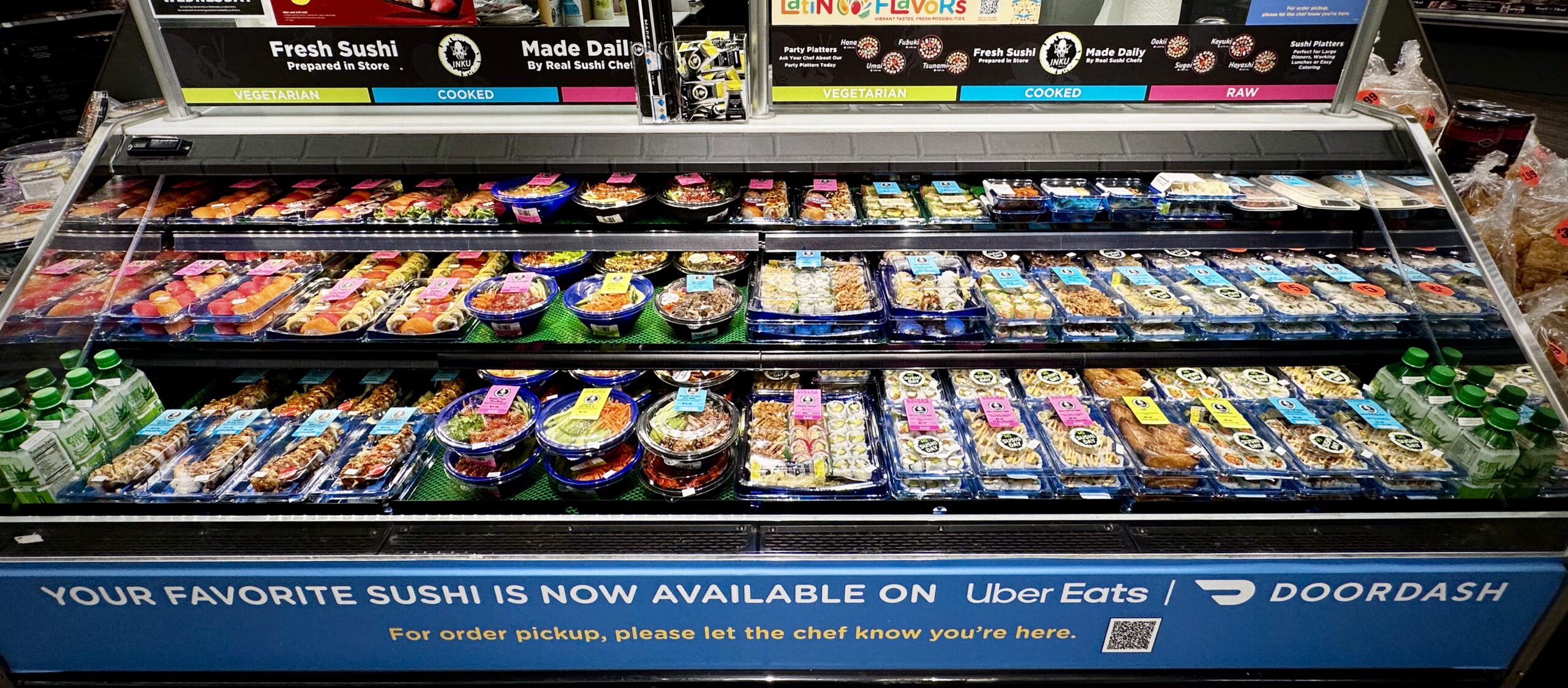As the COVID-19 pandemic continues to reshape our daily lives, one unexpected culinary trend has emerged: the rising popularity of grocery store sushi. With traditional dining options limited due to health concerns and restrictions, consumers are increasingly turning to supermarkets to satisfy their sushi cravings. This shift is influenced by changing consumer behaviors, innovative adaptations by grocery stores, and a redefined perception of sushi as an accessible meal option.
Evolving Consumer Preferences
The pandemic has significantly altered dining habits worldwide. With many restaurants operating under restrictions or closing entirely, consumers have sought convenient and safe alternatives to enjoy their favorite foods. Grocery stores have stepped in to fill this void, offering a variety of ready-to-eat meals, with sushi becoming a standout choice. The availability of fresh, affordable, and conveniently packaged sushi has made it an attractive option for those looking to enjoy restaurant-quality meals at home.
Grocery Stores Innovate and Adapt
Recognizing the growing demand, grocery chains have adapted by expanding their sushi offerings and ensuring quality. For instance, Kroger has become America’s top sushi seller, offering a wide variety of sushi options to cater to diverse tastes. Similarly, regional chains like Gelson’s have reported significant increases in sushi sales, prompting them to introduce new and innovative sushi products. This adaptability has not only met consumer demand but has also positioned grocery stores as viable competitors to traditional sushi restaurants.
Technological Advancements in Sushi Preparation
To meet the rising demand efficiently, some establishments have incorporated technology into their sushi preparation processes. Automation, such as rice-cooking robots, ensures consistency and speed, allowing stores to keep up with consumer needs while maintaining quality. This blend of technology and culinary arts has enabled grocery stores to offer fresh sushi at a scale previously thought unattainable.
Sustainability and Responsible Sourcing
Consumers are increasingly conscious of sustainability, influencing their purchasing decisions. Grocery stores have responded by emphasizing responsibly sourced sushi ingredients. For example, Albertsons rolled out responsibly sourced sushi across its banners, meeting its Responsible Seafood Policy goals ahead of schedule. Such commitments resonate with consumers, further boosting the appeal of grocery store sushi.
The Future of Grocery Store Sushi
The pandemic has accelerated changes in consumer behavior, with grocery store sushi emerging as a popular choice for many. By adapting to new demands, embracing technology, and focusing on sustainability, supermarkets have successfully positioned sushi as a convenient and desirable meal option during these challenging times. As we navigate the ongoing pandemic, it is likely that grocery store sushi will continue to grow in popularity, reflecting a broader trend toward convenient, high-quality, and responsibly sourced meal options.
In conclusion, the COVID-19 pandemic has reshaped the culinary landscape, with grocery store sushi exemplifying how adaptability and innovation can meet evolving consumer needs. As supermarkets continue to refine their offerings, consumers can enjoy the convenience and quality of sushi from the comfort of their homes, a trend that may well outlast the pandemic itself.

Leave a Reply